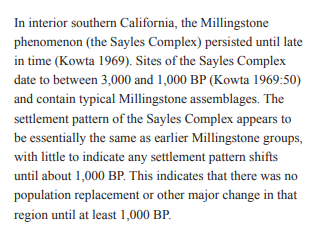Important Southern California history - the Takic Invasion pcas.org/assets/documen…
Sutton argues that Takics split off from other Uto-Aztecans in 2000 BC, and invaded Los Angeles Basin in 1500 BC 

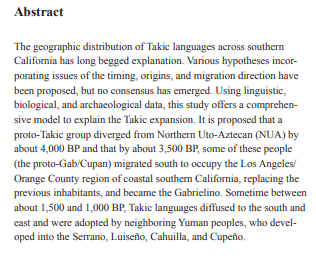

Kroeber argued that Takics invaded Los Angeles Basin ~500 AD, as shown in archaeological record by appearance of bows & arrow technology from the Great Basin. 

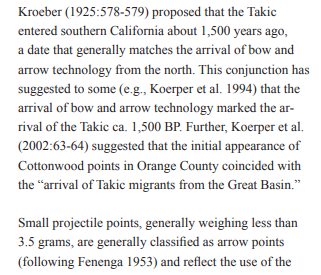
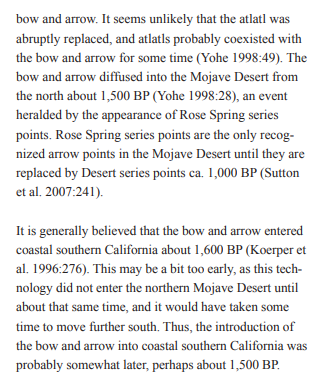
Cottonwood arrow technology appeared in what were or later became Takic areas around 1000 AD. Their neighbors to the north (Chumash) and south (Yumans) didn't have this technology. 

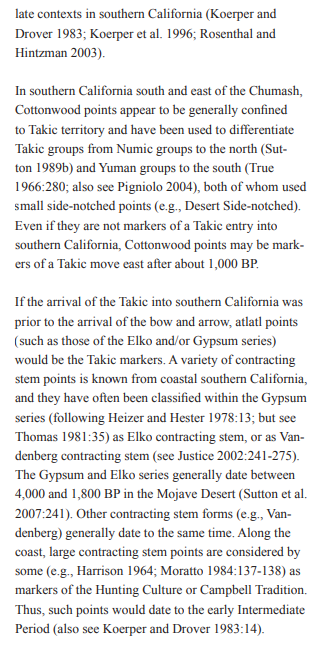
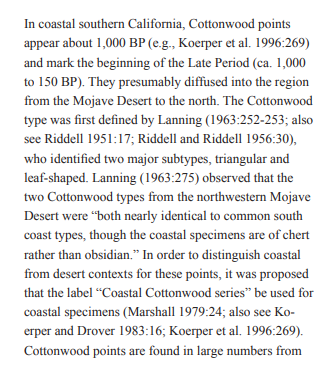
If Takics had arrived in LA before 200 AD, their arrival would have been marked by Elko or Gypsum atlatls, if in 500 AD by the Marymount arrows, and if in 1000 AD by the Cottonwood arrows. 

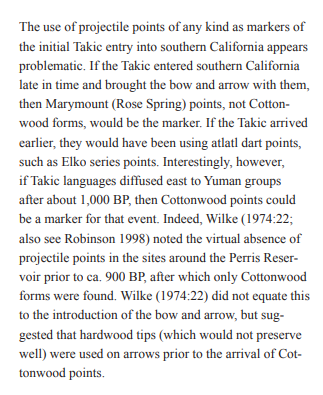
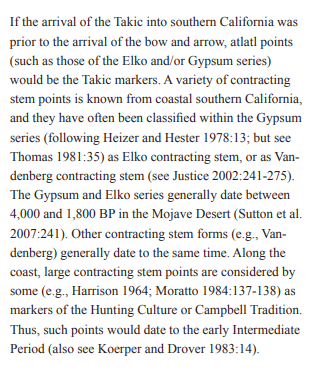
Author believes Takics went from Mojave (Lancaster?) northern Uto-Aztecan urheimat in to southern San Joaquin Valley (Bakersfield?) in 3000 BC, then were pushed south into LA in 1500 BC. Evidence he cites makes case that Takic migration could have also been 500 AD or 1000 AD. 

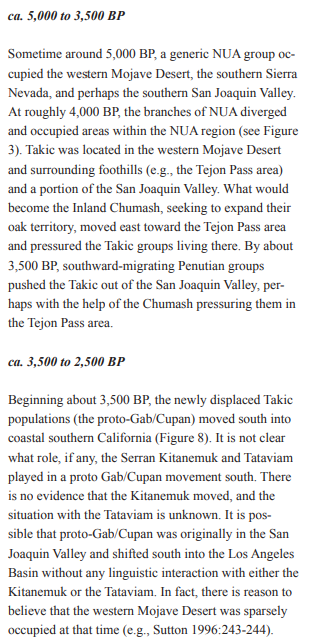
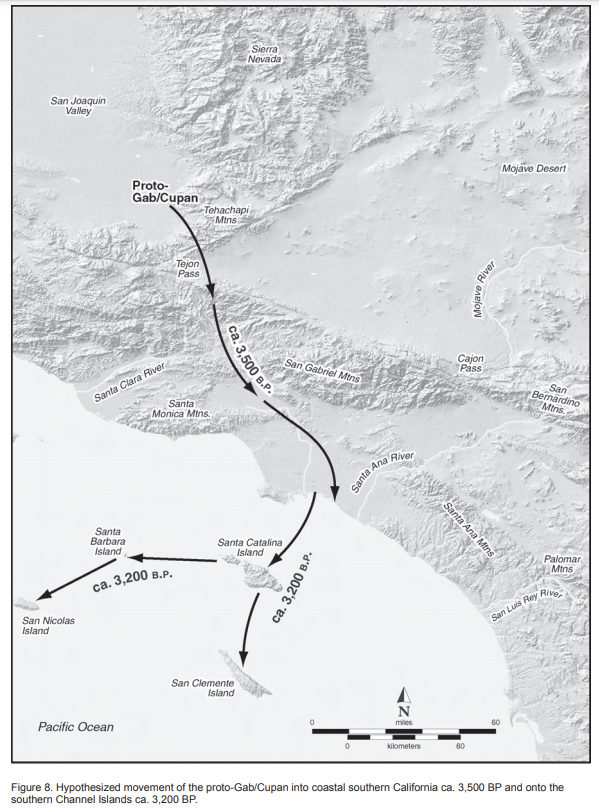
• • •
Missing some Tweet in this thread? You can try to
force a refresh




